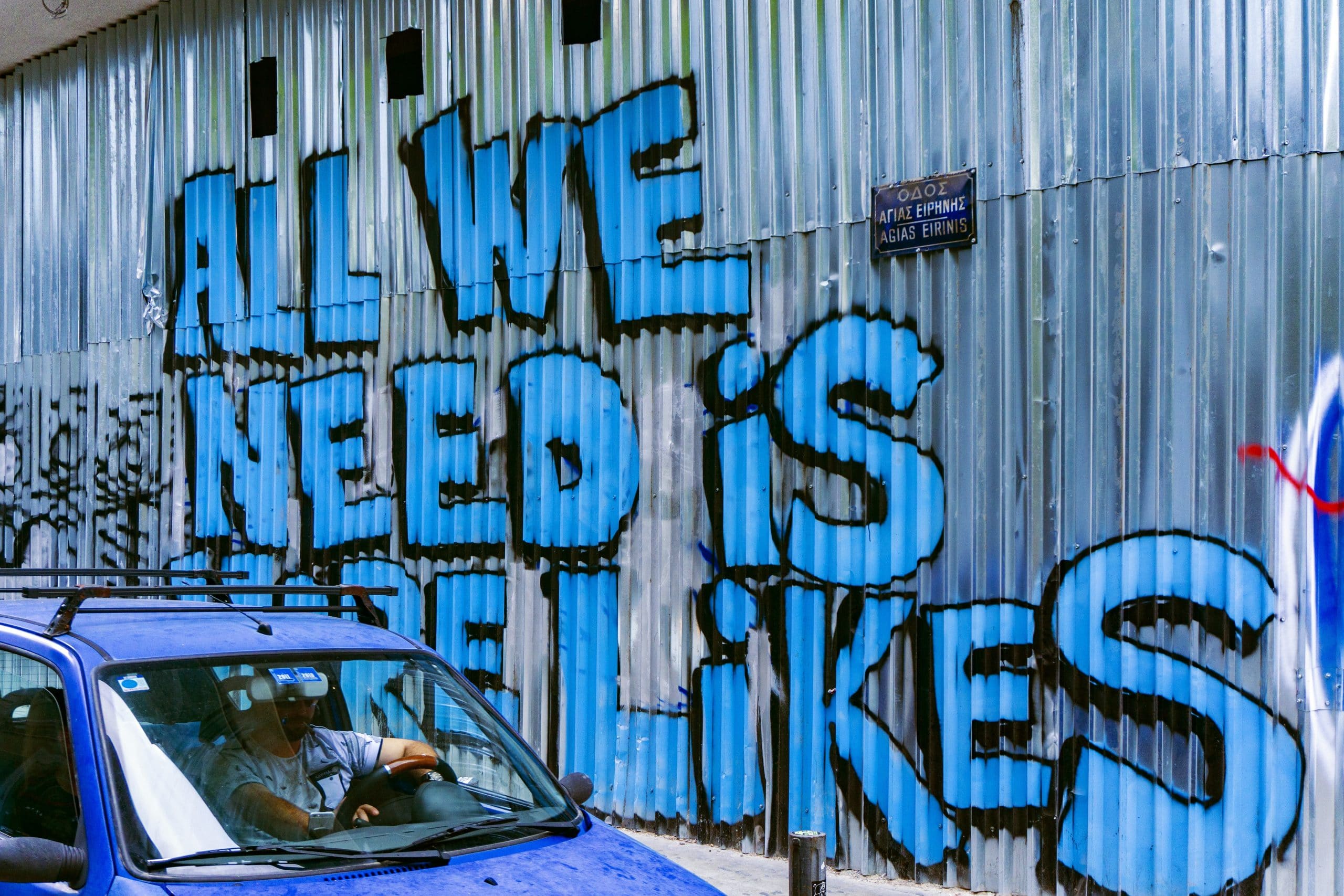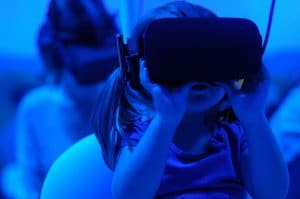In parts one and two of discussing digital citizenship (here and here), I talked about understanding that the Internet is not free and that our personal data has value. In this third and last part, I want to talk about the move from consumers to participants. For digital citizenship to flourish, we must stop looking at cyberspace as a place to consume and instead as a public square to contribute. This entails a two-way street in which we both give and receive, listen and contribute, use and preserve.
The gift of social media is that users create the content. Before platforms like Facebook, YouTube, and Instagram entered the scene, there were hurdles to express oneself online. One would have to create and maintain a website, which was a time-consuming proposition. Beyond that, for the brave souls that managed to put content online, there was no guarantee anyone would see it. Social media revolutionized this process by first making it very easy to post content, and then leveraging existing relationships to create audiences for that content. You are a lot more likely to care about and engage with things that are important to friends and family than with content from strangers. Though it has recently become an addiction we love to hate, it is important to remember how it has truly amplified our ability to communicate with each other.
Yet, even with all the ease for creating content, most of us (me included) spend time mindlessly consuming content in our feeds. At times, I catch myself scrolling in a kind of zombie trance. We become consumers of information, or at times, simply stimuli. We are not even digesting what we are seeing, but only going through the scrolling motion.
Some of us have the opposite problem, which is over-sharing. Those are the people that share just about every mundane event in their lives for the world to see. They may not be consumers of information; they are however, consumers of attention. Their emotional state is dictated by the acceptance or rejection they get from sharing their lives in cyberspace. Every post is a test, every like is an affirmation, and every silence is a deafening rejection.
Participants make cyberspace better, prettier, and more hospitable to others.
In both cases, the main issue is that we are approaching the space as consumers rather than participants. Participants build, interact, listen, preserve, protect, and improve the cyberspace. Participants don’t just scroll through their feed, but put comments and reactions to important things that come up. Participants don’t engage in trolling because that undermines community and destroys the space. Participants post about their personal life not as celebrities, but as humans. They invite others into their life, but also keep some parts of that life private, sharing it only with close friends and family outside the cyberworld. Participants blog, post engaging comments, and produce creative videos that enrich their networks. Participants make cyberspace better, prettier, and more hospitable to others.
Honestly, it is not any different from the non-cyber world. If we seek to do good in a physical space, then we should seek the same in cyberspaces. Being a participant rather than a consumer in a cyberspace is like being a good citizen in the public square. It is working for the common good and preserving decency wherever we go.
Are we up to the challenge of becoming cyber participants?
Reality Changing Observations:
1. In what ways are you a consumer in cyberspace?
2. What are ways to engage in social media in a constructive manner?
3. If you are Christian, how do you reflect the light of Christ in cyberspace? Is it any different than anywhere else?





